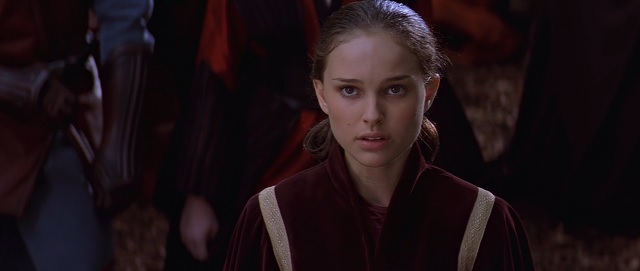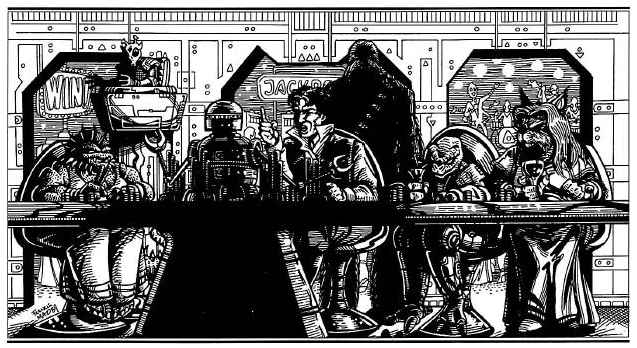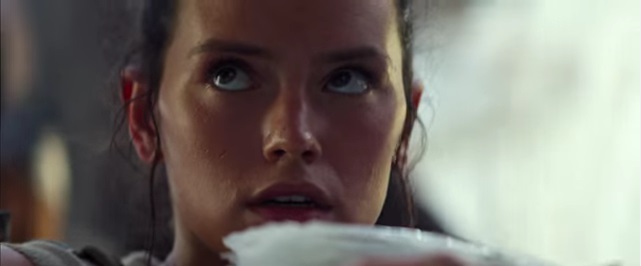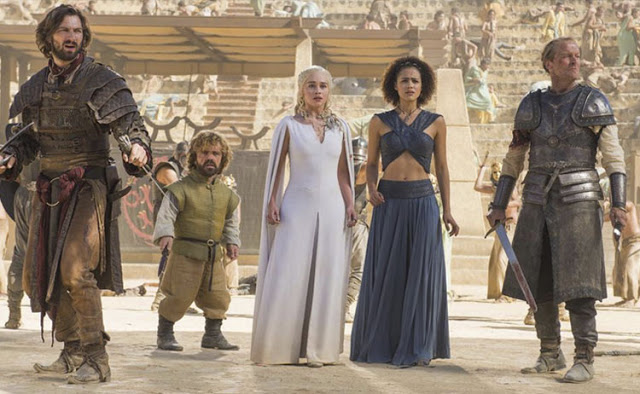
Oh yeah, you read that right. This is happening. I’ll be getting into The Force Awakens details below, incidentally, but nothing that hasn’t been officially revealed.
A lot of the news and speculation lately has been about alignments: Kylo Ren is a big fan of Darth Vader, but he’s not a Sith. He’s part of a group called the Knights of Ren, but what are they, exactly? Are they actually Imperials in some respect, or just a cult that he went rogue from?
And then there’s the First Order—recently explained, kind of, by JJ Abrams as follows:
“That all came out of conversations about what would have happened if the Nazis all went to Argentina but then started working together again? What could be born of that? Could The First Order exist as a group that actually admired The Empire?”
Abrams seems to be talking about two different things, here—actual ex-Imperials seeking to get things moving again, and perhaps also a younger generation who “admired” the Empire but weren’t actually a part of it. Just going by ages, it seems logical that Phasma, General Hux, and presumably even Kylo represent the latter, because they would have been toddlers when Palpatine died—if that. Maybe they’re acting completely of their own volition, but if so, who are the retired Nazis in this analogy? Read More
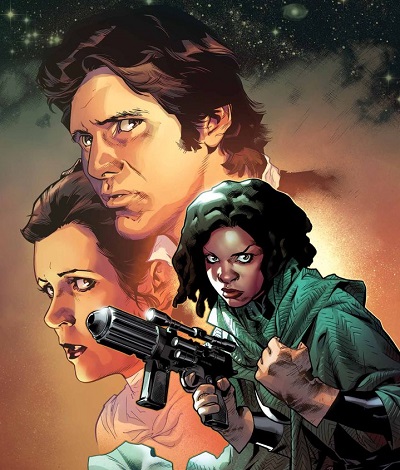 Way back at the beginning of June, issue #6 of Jason Aaron’s Star Wars comic series ended with a bombshell: the apparent bounty hunter tracking Han and Leia for three issues or so finally caught up with them, only to claim that she was Sana Solo, Han’s wife.
Way back at the beginning of June, issue #6 of Jason Aaron’s Star Wars comic series ended with a bombshell: the apparent bounty hunter tracking Han and Leia for three issues or so finally caught up with them, only to claim that she was Sana Solo, Han’s wife.